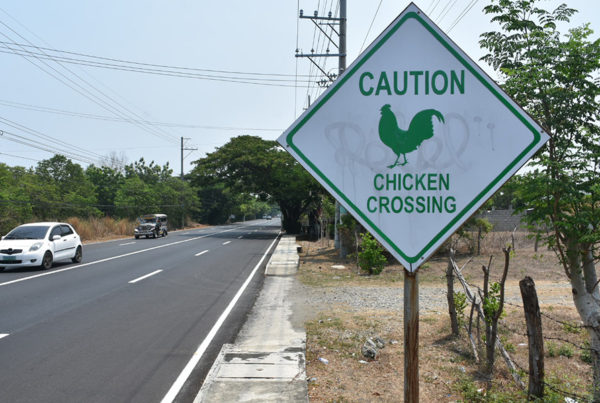Bolinao declared ‘Giant Clam Capital of the Philippines’
BOLINAO—The municipal council here passed a resolution declaring this coastal town as the Giant Clam Capital of the Philippines, and the hatchery area as marine protected area.
Resolution No. 2017-03 jointly authored by Municipal Councilors Carolina Abad and Joven Caasi said that since 1985, University of the Philippine Marine Science Institute (UPMSI) has been conducting giant clam research programs and conservation.
The largest giant clam nursery, with an original total land area of 5.8 hectares and expanded to 15, is maintained by UPMSI-Bolinao Marine Laboratory at Silaki Island, Barangay Luciente.

A diver from the UPSMI-Bolinao makes an inventory check of clams.
Julio Curiano Jr. of UPMSI-Bolinao said the resolution has been forwarded to the provincial board and to he Department of Tourism for approval of the declaration.
The giant clams are locally called “taklobo”, and were started with only three giant clams from Solomon Island.
He said each of the three pieces of giant clams (Tridacna gigas) in the hatchery measure 93.7 centimeters long and about 40 to 50 centimeters wide. An adult giant clam is about eight years old, he added.
As of July, there are six species of giant clams out of which are 35, 683 adult giant clams and more than 50,000 juvenile clams in the hatchery and nursery.
Tourists can see the giant clams in the hatchery and nursery in clear, shallow waters or by snorkeling or riding a boat.
The clams are spawned in the months of May and June at Silaki Island and once they are fertilized, these are brought to the hatchery. These are placed inside tanks and are returned to the sea after five months.
Giant clams serve as substrate of corals and sponges, increase the residence fishes, and for spawning and hiding of other marine organisms.
For commercial purposes, the meat of giant clams fetches P6,000-8,000/ kilo for aquarium trade but the Convention of International Trade of Endangered Species listed all species of giant clams as endangered.
Fisheries Code of the Philippines also provides penalties like imprisonment depending on the size of giant clam used for trading by poachers, Curiano said.
Since poaching in the area was discovered 6 months ago, the Mayor’s office and the police organized Bantay Dagat team to secure the giant clams area.
The UPMSI-Bolinao Marine Laboratory was an initiative of Dr. Edgardo Gomez in 1985. (Eva Visperas)
Share your Comments or Reactions
Powered by Facebook Comments










